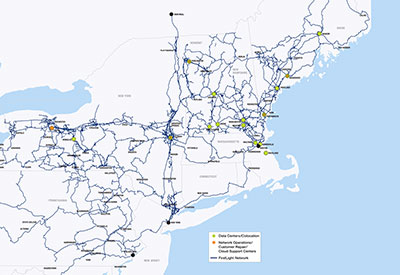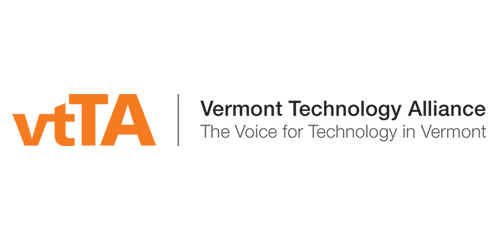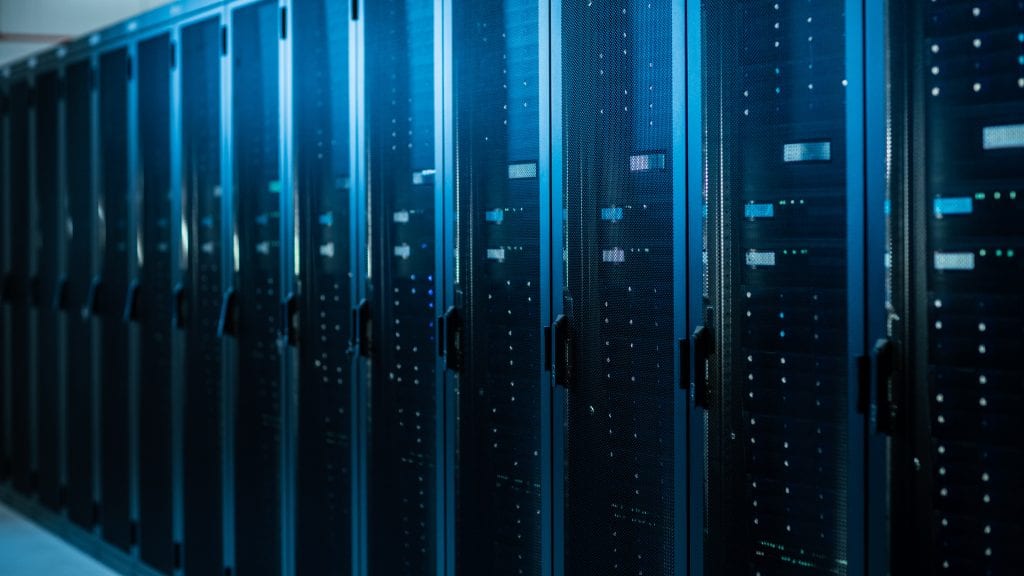
With the duo of increasing weather-related disasters and the aging infrastructure of the U.S. power grid, utilities monitoring is now imperative for the health of any business related to power supply.
A good measure of the economic strength of a country is the security of its power supply. That’s why it’s somewhat surprising that when looking at the robust economy of the United States, we tend to lead developed countries in the number of power outages annually.
A 2017 report card from the American Society of Civil Engineers gives the United States a D+ on our power supplies, with our electrical grid getting particularly low marks. Most of our distribution and transmission lines date back to the 50s and 60s, so they’re well beyond their life expectancy of 50 years.
Factor in the deterioration of our grid and the increase in weather events, particularly hurricanes and severe storms, and it’s easy to see why utilities monitoring becomes essential for any organization associated with electrical generation, transmission, and distribution.
 Importance of Utilities Monitoring
Importance of Utilities Monitoring
Bulk power system owners and operators know how catastrophic and expensive downtime can be. It not only affects profits, but also reputation and level of trust in the business. Utilities monitoring goes beyond the standard networks, nodes, and applications, providing proactive monitoring throughout the entire infrastructure. This allows utility companies to be able to predict and identify problems before they lead to performance issues, or worse, significant downtime.
Here are the 5 most fundamental components of your organization’s utilities monitoring plan:
NERC Compliance
The National Electric Reliability Council has laid out necessary standards in which all bulk power system owners, operators, and users must comply. These standards cover business functions like voltage and balancing, emergency preparedness, and elements like critical infrastructure planning. They address risk elements like critical infrastructure prevention, extreme physical events, response and recovery, and protection from system failures.
The cost for not complying with NERC standards can cost an organization up to $1 million per day per violation. This is not something any provider will want to ignore.
Air Gap Distributed Monitoring
Isolating utility networks from the corporate business network is no longer enough to ensure security. The Air Gap network itself must be continually monitored from multiple observation points to help ensure both the safety and compliance of the system.
 Facilities and Data Center Monitoring
Facilities and Data Center Monitoring
Facilities and data center monitoring helps eliminate unfortunately common abnormalities and interruptions to the network. By monitoring internal environmental threats like temperature, humidity, smoke, pressure, and airflow, your hardware and network is better protected.
Additionally, automated tools help ensure the best operating health of the system and improve network operation, security uptime, and power availability and consumption.
Dashboards
Dashboards give an organization a complete view of the network and entire utility system. With the correct dashboards, a company can manage, monitor, and analyze energy use online to help reduce operating costs.
Dashboards also provide fast alerts to a problem, often giving valuable time to a response crew to rectify an issue before it affects customers and users down the line.
Reporting and Auditing
As of October 2020, the United States has experienced 16 climate disaster events with losses exceeding over $16 billion – $1 billion for each event! By placing a strong focus on reporting and auditing, a power system owner and operator can greatly cut down both the rate and cost of future problems and disruptions, which is becoming even more important due to the increase in weather-related events per year.
With the continual review that regular audits and reports provide, organizations can ensure adherence to their set standards of performance. These tools also help organizations discover new risks, monitor regulatory activity, and reduce compliance costs. Other cost savings can be found in assessing the effectiveness of controls and the ability to minimize duplications throughout the network and system.
Implementing Utilities Monitoring for Your Organization
Utility companies make up a good portion of FirstLight’s client portfolio. We’re adept at troubleshooting the roadblocks that dated infrastructure can cause when setting up utilities monitoring for your organization.
Our team of experts will meet with your team to gain a thorough understanding of your wants and needs, then implement a plan that will help ensure the overall health of your organization and the reliable supply of power to your customers.
Call FirstLight today to start the discussion on how we can help your organization eliminate downtime costs and boost supply to your valuable customers with utilities monitoring!















